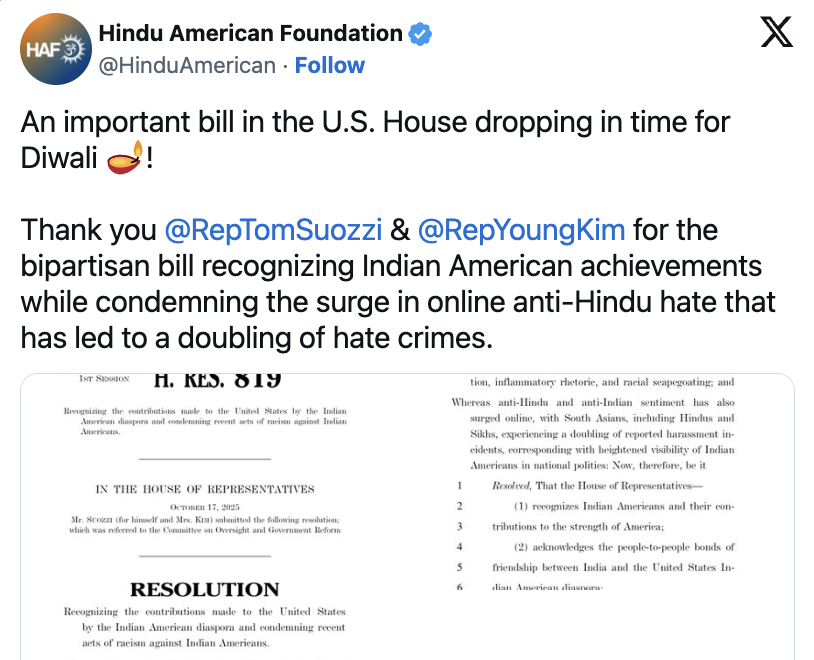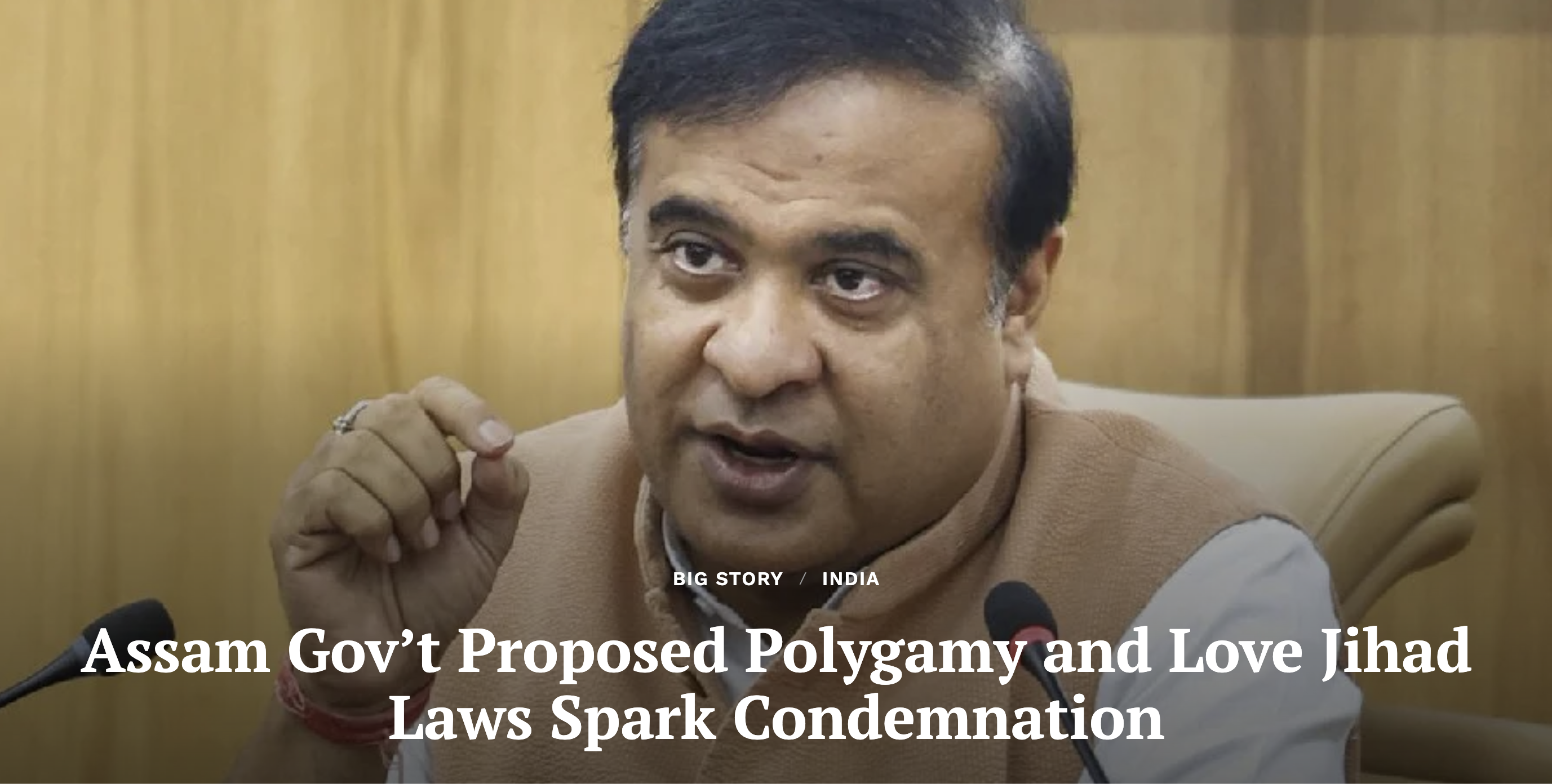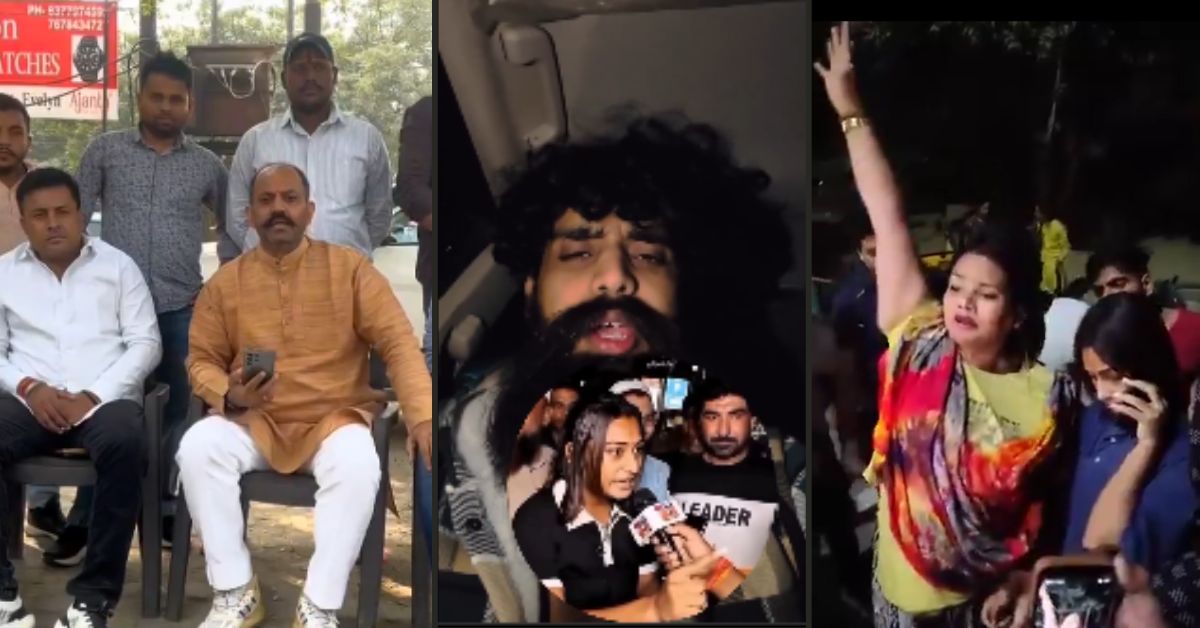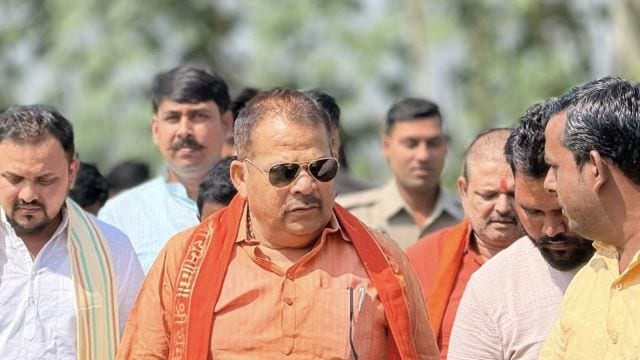By
At 1:30 am on the bitterly cold night of January 22, around 50 people gathered at New York City’s Times Square. The crowd had assembled to watch a live telecast of the consecration of the Ram Mandir, a temple to the Hindu deity Rama in the northern Indian city of Ayodhya, led by Prime Minister Narendra Modi. Built on the ruins of a 16th-century mosque destroyed by a Hindu supremacist mob in 1992, the new state-sponsored Ram temple has become a milestone in the 100-year march to power of the Hindu supremacist movement, also known as Hindutva.
On this winter night, members of the Indian diaspora had congregated in one of the country’s most visible public spaces to bear witness to what they saw as a historic achievement. The crowd glanced expectantly at the towering screens, and, when energy lagged, a few among them led the group in chants of “Jai Shri Ram” (hail Lord Ram) and waved triangular, saffron-colored flags — an unmistakable symbol of the Hindu supremacist movement. (The slogan Jai Shri Ram has been appropriated as a Hindu supremacist slogan over a course of a number of violent campaigns and has become a murder cry during lynchings and assassinations.) Yet, as time dragged on, it became clear that the awaited livestream was not forthcoming.
Whether the advertising space was in fact secured for a screening or not was in the end immaterial. The “news” of the Times Square live telecast had been disseminated in the Indian media and had thus served to validate a story that Hindu supremacists have spent years cultivating: that the Indian diaspora is unanimous in its support for Modi’s India. In fact, the use of Times Square as a symbol of global legitimacy, even when such expressions have been deeply contested, has been a repeated strategy of the Hindu far right in the U.S.
It seemed even the hopeful Times Square attendees understood this ars bellica on some level, which kept their mood from souring too much. “It was supposed to be out here… but it’s too bad,” said Paras Pandhare, with a shrug and a laugh. For Pandhare and other attendees that evening, the moment they had gathered to celebrate was a grand historical occasion, marking the end of what they deemed to be a five-century era of subservience. “India is on the rise again, and it deserves to be,” Pandhare added pridefully.
The Centrality of the Ram Temple to Hindu Supremacist Politics
In a way, the Times Square debacle reflected the broader dynamics that color Hindu nationalism, and in particular the Ram temple movement. As in many fascist movements of the past, its membership and supporters have been far less concerned with facts than with the larger aim of reclaiming the nation from their imagined enemies. The central premise of the Ram temple movement — that a Mughal king named Babur demolished a Ram temple to build the Babri Mosque on the exact birthplace of Lord Ram — are claims that arose in the 19th century from various Hindu groups, but have never been proven, and are unlikely to ever be.
This story was originally published in truthout.org. Read the full story here .






